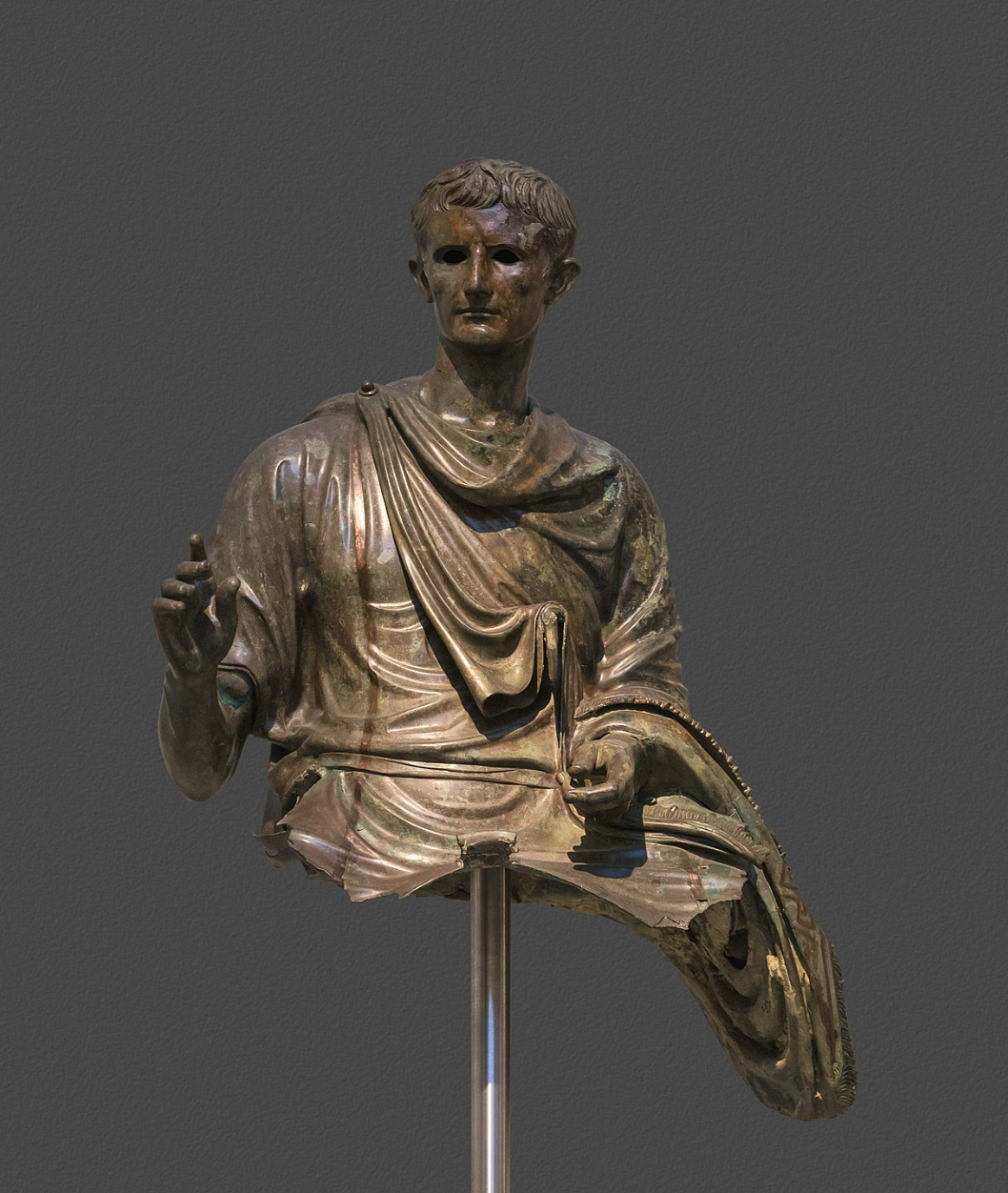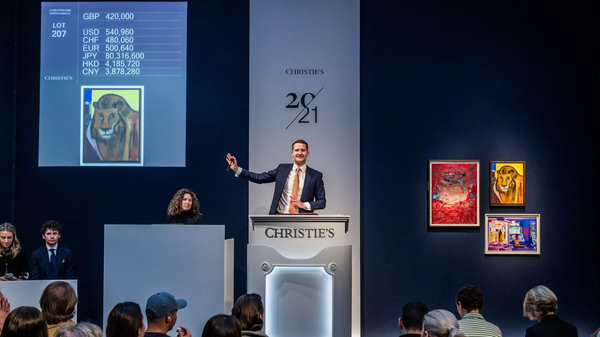The Enduring Value of Bronze in Art
Bronze has been revered in art for millennia, chosen by ancient and modern artists for its unique properties, historical significance, and the skilled craftsmanship it demands. Its value lies in the blend of artistry, history, and technique, making it a timeless and cherished medium in sculpture.

One of the primary reasons bronze is highly valued in sculpture is its exceptional material properties. Bronze is renowned for its durability, being strong, resilient, and capable of withstanding the ravages of time. Unlike many other materials, bronze is resistant to corrosion, particularly when alloyed with tin. This makes bronze sculptures suitable for both indoor and outdoor environments, enduring without significant degradation over centuries.
Another notable attribute of bronze is its workability. When heated, bronze becomes malleable, allowing sculptors to create intricate and detailed works that might be impossible with other materials. The alloy's ability to capture fine details in the casting process enables artists to bring their most delicate and complex designs to life. Additionally, bronze can be polished to a smooth, reflective surface or left to develop a natural patina over time, each offering distinct aesthetic qualities.
The process of working with bronze, particularly through the "lost-wax" casting method, has made it an indispensable medium for artists. This technique, dating back to ancient times, involves creating a wax model of the sculpture, which is then encased in a mould. When the mould is heated, the wax melts away, leaving a cavity that is filled with molten bronze. Once the bronze cools and hardens, the mould is broken away to reveal the sculpture. This method allows for the production of highly detailed and precise works, capturing the artist’s vision with remarkable fidelity.
Bronze's strength also offers greater artistic freedom, enabling sculptors to experiment with dynamic forms, intricate details, and extended structures that would be challenging with other materials. This versatility makes bronze an ideal medium for artists looking to push the boundaries of form and expression.
Bronze has been a cornerstone of artistic and cultural development since the dawn of civilisation. Its use in art can be traced back to ancient cultures such as the Egyptians, Greeks, Romans, and Chinese, all of whom recognised its potential for creating enduring works of art. The historical significance of bronze contributes to its value in the modern era, with contemporary works often seen as part of a long and distinguished tradition.

In ancient times, bronze was also used to create functional objects such as weapons, tools, and ceremonial artefacts. The transition from utilitarian to purely artistic uses highlights the material's adaptability and the evolving role of art in society. Many of these ancient bronze objects have survived to this day, offering invaluable insights into the cultures that produced them and underscoring bronze’s enduring legacy.
Creating a bronze sculpture is a complex and labour-intensive process requiring a high degree of skill and expertise. From the initial concept and model-making to the final casting and finishing, each step demands precision and artistry. The craftsmanship involved in working with bronze adds to its value, as the material itself becomes a canvas for the sculptor’s skill and creativity.
Moreover, bronze sculptures are often produced in limited editions, enhancing their rarity and desirability. Limited-edition bronze works are highly sought after by collectors, further driving their value in the art market. Knowing that a bronze sculpture is not only a product of an artist's vision but also of meticulous and skilled workmanship adds to its allure.
Bronze sculptures are valued not only for their artistic merit but also for their potential as investments. Over time, bronze artworks, particularly those by well-known or historically significant artists, can appreciate significantly in value. The combination of durability, rarity, and the prestige associated with bronze makes these sculptures attractive to collectors and investors alike.
The cultural and financial value of bronze is also reflected in its presence in major art collections and museums worldwide. Many of history's most iconic sculptures, from ancient Greek statues to the works of modern masters like Auguste Rodin and Henry Moore, are crafted from bronze. The association with such monumental works adds to the material's prestige and continues to elevate its status in the art world.





